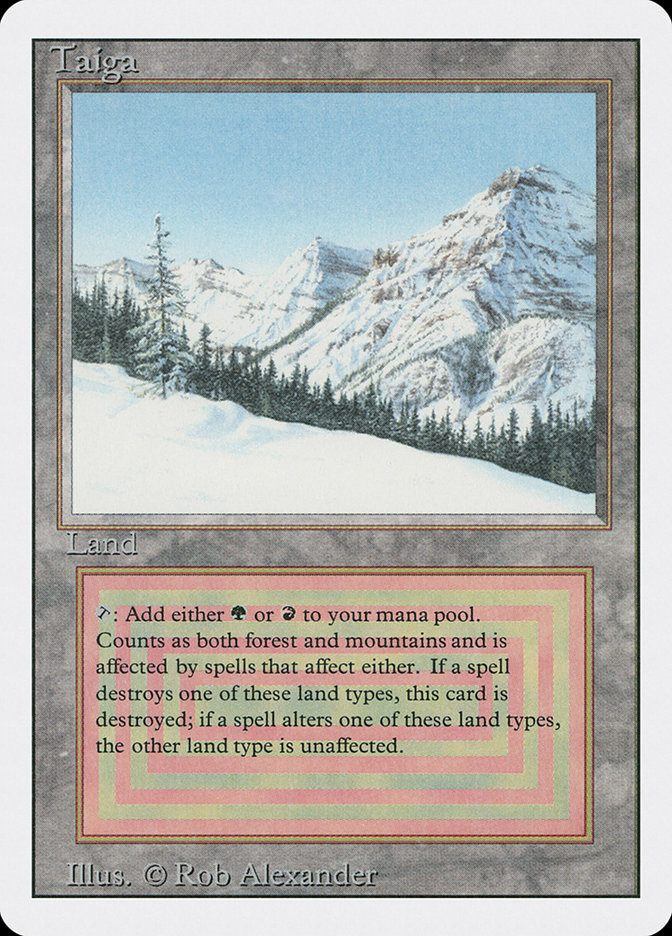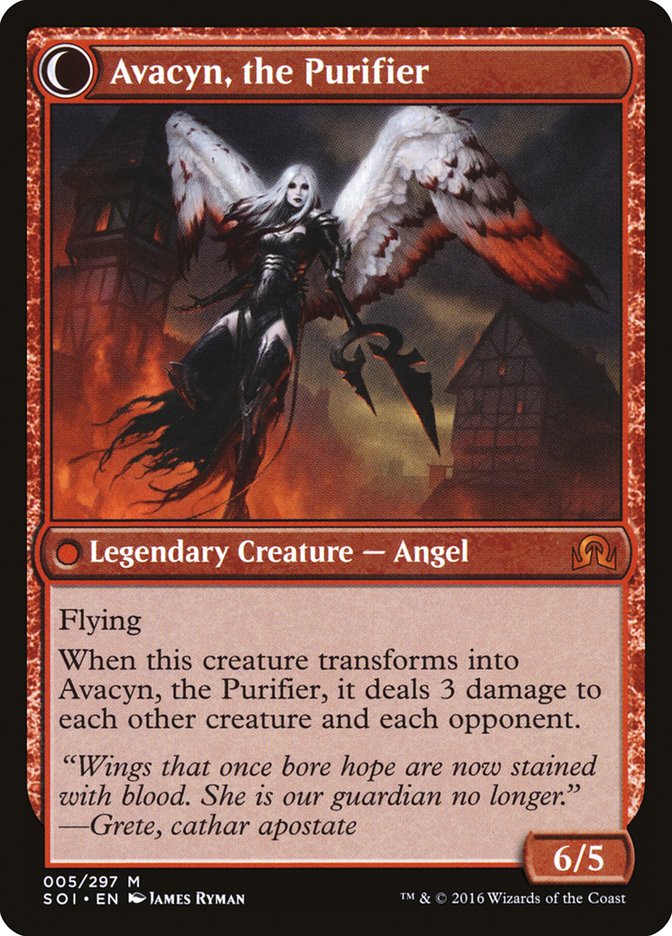The last month has been one of the all-time greats for Magic: The Gathering flavor fans. The preview puzzles of the first weekend in March, presented online and in-person at three separate Grand Prix, were a triumph of creativity and the convention experience.
I wasn’t there for any of it.
Sometimes you’re just sitting at home one evening, finishing up a little work, and then you get a message that sends you scrambling.
Sleep? Cancelled.
Booking a bus that’ll get you to a train that’ll get you to a plane.
Packing two suitcases because no number of Heloise’s Hints will get you down to one.
It was the sort of trip where, after returning to Roanoke, I left my apartment once in the following week.
I went to a vending machine. I wanted some Gatorade.
I’m okay, and so is everything I love. But my Vorthos side fell far behind while I was busy with the rest of life.
Like Jace trying to figure out what’s going on with Innistrad, I’m playing catch-up on puzzles and escape rooms and mysterious packages sent in the mail.
And I’m smiling, because I should’ve known something like the elaborate Shadows over Innistrad reveal was coming. After all, I’d been around for the original Innistrad, when a vaguely Germanic but otherwise innocent-seeming name caught my attention: Josh Brauer.
Josh Brauer and “The Cursed Blade”
It all started amusingly enough, with a “we-want-this-to-go-viral” video ostensibly posted by Josh Brauer titled “Haunted Magic Cards?”.
At the time, it showed off a new card, a few new pieces of art (notice the clever misdirection where the back of Evil Twin is shown, but Cloistered Youth isn’t flipped over to show its other side), and a giant blank book with the Church of Avacyn’s symbol.
Nowadays, I just want that stack of older Magic cards, mostly so I could walk into the Star City Game Center with a bunch of Near-Mint Revised dual lands and walk out with a check big enough to take my mom to Europe. Eh, details.
The “Josh Brauer” alternate-reality scenario spiraled from there. Beyond the YouTube channel, there was a Twitter account and a blog on Blogspot, as well as a series of e-mails one could send messages to in order to get bits of story in return. On 20 March 2016, I tested one of the Gmail accounts, Marinthalauth@gmail.com, and the auto-reply still works, sending back the very end of “The Cursed Blade.”
In late August the Josh Brauer story machine got spinning. More than 15,000 words later, in late October, Wizards pulled back the curtain, publishing all the elements of “The Cursed Blade” in a more conventional order and an article by Ryan Miller, then a senior game designer with Wizards of the Coast and the leader of the experience, detailing what went into creating the work.
One of Ryan Miller’s inspirations for the Josh Brauer experience was the alternate reality game or ARG, in which players collaborate or compete to progress through a narrative scattered across the Internet and sometimes parts of the real world. Most ARGs are heavy on puzzle elements, like The Beast, an ARG that has become famous and influential in its field the way the film it promoted, Steven Spielberg’s A.I. Artificial Intelligence, hasn’t yet.
The Josh Brauer experience had more in common with I Love Bees, an ARG made to promote the video game Halo 2; while I Love Bees had a strong puzzle element, its rewards (aside from the chance to play Halo 2 early) were in the form of audio files telling a story, much like their text equivalents in the Josh Brauer experience.
The Josh Brauer experience wasn’t truly an ARG, though, because it was missing the “G.” There wasn’t really a game or puzzle element to it, other than finding and following links online and sending e-mails; it was more of a “scavenger hunt” for the story, as Ryan Miller put it.
But in Magic, the pendulum is never at rest, and when the Innistrad setting returned, so did the ARG idea — this time, with far more puzzles.
(Un)philosophical Investigations
When the set has a mechanic literally called “investigate” and tokens literally called “Clue,” one would hope puzzles would play an integral part in the reveal experience. What Wizards of the Coast pulled off at the triple Grand Prix weekend of Melbourne, Bologna, and Detroit, however, was beyond even my wildest dreams.
With the help of Lone Shark Games, a Seattle-area puzzle and events outfit that’s been in the business for a good long time (I remember solving puzzles set by a Lone Shark person for a reality TV recap site a decade ago), Wizards of the Coast had a remarkably ambitious plan: three “escape room” games on three separate continents, run concurrently with a trio of online games anyone in the world could tackle.
#MTGSOI pic.twitter.com/wLJfp216Em
— Magic: The Gathering (@wizards_magic) March 4, 2016
The puzzles themselves had to hit a certain sweet spot: simple enough for a small team to solve in fifteen minutes under “you can’t leave until you get this right” conditions, but still challenging enough that nobody could waltz in and out, either.
The “brains” puzzle seen above was associated with the Stitcher’s Lab escape room at Grand Prix Melbourne, while Grand Prix Bologna in Italy used Markov Manor as its theme and Grand Prix Detroit was home to Thraben Cathedral.
Wizards of the Coast ran a capsule review of the three experiences on its Web site. All I could think of as I looked at each one was, “That would’ve been neat… Oh, I want to do that… Dang it, dang it, dang it!”
Aside from isolated complaints from a handful of folks who would’ve rather seen the escape rooms’ part of the marketing budget go toward Grand Prix prizes instead, the escape rooms were remarkably well-reviewed, particularly Thraben Cathedral with its pivotal reveal of Archangel Avacyn becoming Avacyn, the Purifier.
The triple Grand Prix weekend was amazing, but now that I’m caught up, I realize that there’s more to discover and unravel. Magic’s puzzle-makers can’t be done with me yet.
Posters and Chronicles
Puzzles are hidden everywhere on Innistrad, even the Prerelease posters. Just as I was wrapping up this article, the Magic community solved a puzzle scattered across the aforementioned posters.
All of them, from all over the world.
In case you want to tackle the puzzle for yourself, I’ll just point you to the page with all the posters and ask you, “What’s different about each of them?”
The poster puzzle, the escape room at GP Bologna, and the mysterious package received in the mail by a German Magic site all point to how Wizards was able to incorporate languages other than English into the Shadows over Innistrad promotion, a sticking point for the Josh Brauer experience that that team couldn’t quite solve. That mysterious package also points to the last big unexplained Shadows over Innistrad mystery: the Hanweir Chronicle.
With content mostly in English but also German and Spanish, the Hanweir Chronicle ostensibly is the newspaper of record for Hanweir, formerly a hamlet of Gavony that has broken away to try to form its own province on Innistrad. Edited (in-universe) by Oliver Hayfield, the Hanweir Chronicle so far has detailed the secession vote, bizarre goings-on outside Hanweir, the construction of a gateless wall around the hamlet, and a town meeting breaking out into the most inappropriate of songs.
Taken by itself, the Hanweir Chronicle and its reliably unreliable narrator are amusing enough, but something larger seems to be afoot. Consider:
1) The Hanweir Chronicle entries are lavishly illustrated in a faux-woodcut style by Dan Mumford, a London artist who’s done work for Phish and many other clients. Mr. Mumford doesn’t work for cheap, and already five of his illustrations have appeared in the Chronicle. Would Wizards of the Coast spend that kind of money on something that’s ultimately a throwaway?
2) The Hanweir Chronicle also isn’t connected to the main thread of “Magic Story,” aka “The Column Formerly Known as ‘Official Magic Fiction’ and ‘Uncharted Realms.'” It’s not like Wizards to leave loose ends, so either the Hanweir Chronicle needs to plug into “Magic Story” somehow (unlikely, seeing as it’s on its own URL and everything) or it needs to have its own payoff.
3) While other “props” sent out into Magic fandom have been explained (for example, the Lady Planeswalkers Society’s candle linked to Grand Prix Detroit and the Thraben Cathedral puzzle), there hasn’t been an explanation yet for the Hanweir Chronicle’s props, the silver objects to be melted down (presumably for silvered weapons) and the pearl necklace in the German video.
Maybe on Friday, maybe sooner, the Hanweir Chronicle is going to have its payoff moment. I just don’t know what form it will take.
How have you enjoyed the Shadows over Innistrad storytelling experience so far? What else do you think Wizards of the Coast has in store for us?




